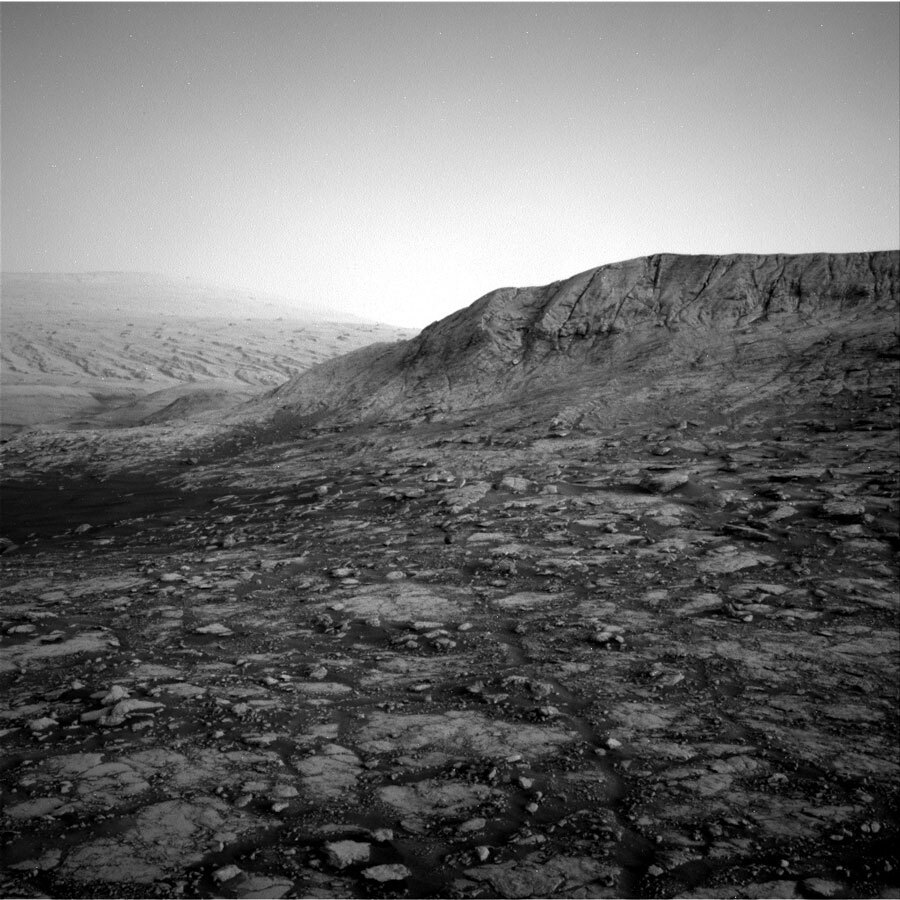2 min read

Following our drive in Monday’s plan, we’re one step closer to "Bloodstone Hill!" The drive in today’s plan should put us in a perfect spot to conduct contact science with our arm instruments (MAHLI, DRT, and APXS) in the upcoming weekend plan.
Today we planned a suite of remote sensing observations to document our surroundings as we approach Bloodstone Hill. On the first sol of our plan, we filled our science block with three ChemCam targets: two nodular-rich bedrock targets (“Dry Harbour” and “Embra”) and bedrock target “Ormiston.” Following ChemCam, we’ll document Dry Harbour and Ormiston with a single Mastcam documentation image since the targets are in close proximity to one another. We’ll document the Embra target as part of a larger mosaic to investigate a nearby trough feature. We also planned for a large Mastcam stereo mosaic to capture our view of Bloodstone Hill from our current parking spot. Following our science block, Curiosity will drive the last leg to Bloodstone Hill and collect post-drive images to document our new surroundings.
On the second sol of our plan, we’ll use ChemCam to collect data on three targets at our new location. ChemCam is able to do this using its Autonomous Exploration for Gathering Increased Science (AEGIS) mode. The AEGIS software allows the rover to automatically identify targets near the rover and collect geochemical data. Having these three additional ChemCam targets will bolster our geochemical dataset at Bloodstone Hill.
Today was an extra exciting day of Mars planning for me – it was my first shift serving as the Geology Science Theme Group Lead (Geo-STL). As the Geo-STL, I worked closely with the science and instrument teams and together we assembled our list of science observations for today’s plan. Every day on Mars is a team effort!
Written by Rachel Kronyak, Planetary Geologist at NASA's Jet Propulsion Laboratory







